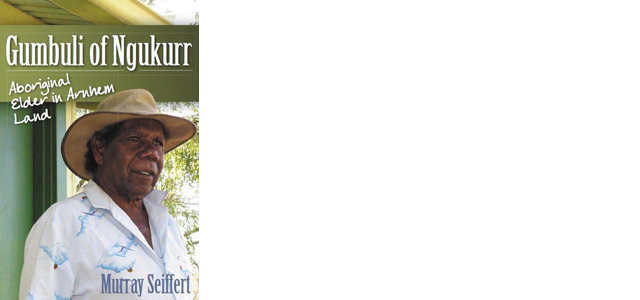Aboriginal Elder in Arnhem Land
Murray Seiffert, Acorn Press
This book is more than biography; it is a rich story of engagement of the Aboriginal community of east Arnhem Land with European settlers and, more particularly, Christian missions.
Even more particularly, by drawing on substantial documentary records and interviews, it gives an honest account of the weaknesses as well as the strengths, and of the struggles as well as the successes, of Michael Gumbuli Wurramara.
In some way it is a celebration of the introduction of Christianity to Groote Eylandt and its surrounds in Arnhem Land, and the role Europeans played in protecting Aboriginals from much of the harmful impacts of white settlement.
Seiffert’s main focus (as the book’s title indicates) is the story of Gumbuli but he encases that story in the contextual issues of Gumbuli’s place, including the intersection between Christianity and ceremonial rites, the response of the missions to the government’s assimilation program, and the encouragement by the missions of Aboriginal self-determination and land rights.
In this story Gumbuli emerges as an important leader of his people. His contact with the missions is a catalyst for, not just a deep faith, but also discovery of gifts, mentoring, and opportunities to lead.
Christian missions have long been criticised for doing more harm than good. Seiffert helps provide a fairer assessment of the efforts of this particular mission area. He describes, for example, how a cash economy was introduced to the traditional Ngukurr community in the 1960s.
He documents how it was the mission that originated this innovation. It was the missionaries who trained the indigenous people in budgeting and handling their own money and in catering and preparing healthy meals. It was the missionaries who from the beginning had given the people significant skills in English literacy and numeracy and built up skills in mechanics and building trades.
“They did not see the role of the mission as training men and women to be servants of the white settlers.”
Seiffert has compiled a very thorough biography and generally a balanced historical account of the missions in Arnhem Land. Perhaps there could have been a more skilful weaving of the two stories, with more flow and less repetition. However, it is still very readable. These stories hopefully will now be well remembered.
Peter Harvey














